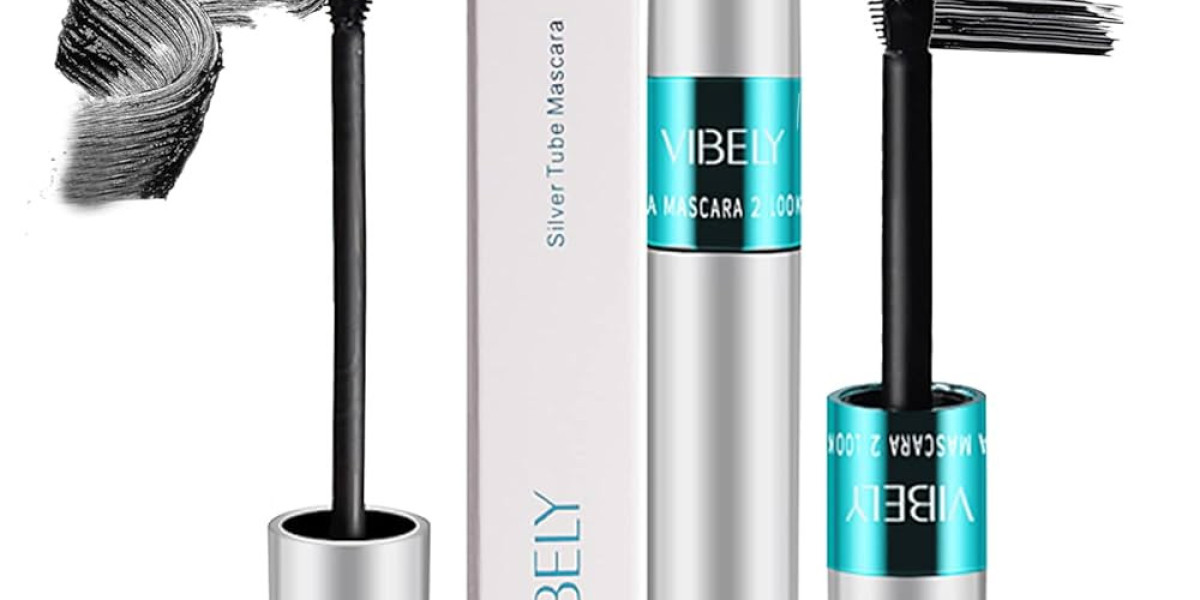The Importance of a Certified Cat Flap Installer: Why You Should Hire a Professional Cat Flap Installers
As a cat owner, you want to provide your feline buddy with the liberty to come and go as they please. A cat flap is an excellent way to do this, however installing one can be a bit more complex than you may believe. While it might be tempting to attempt and set up a cat flap yourself, working with a certified cat flap installer is the best method to guarantee that the task is done properly and securely.

In this post, we will check out the benefits of working with a certified cat flap installer, what to search for in a certified installer, and how to pick the right one for your requirements.
Benefits of Hiring a Certified Cat Flap Installer
There are numerous advantages to employing a certified cat flap installer. Some of the most considerable advantages consist of:
- Proper Installation: A certified cat flap installer has the training and experience to install your cat flap correctly. This indicates that the flap will be safely connected to your door, and the surrounding location will be sealed to avoid drafts and moisture from entering your home.
- Security: A certified installer will ensure that your cat flap is installed in a way that is safe for both your cat and your home. This consists of making sure that the flap is set up at the proper height and that any electrical parts are effectively connected.
- Energy Efficiency: A certified cat flap installer can help you select the best cat flap for your home, including one that is energy effective. This can help reduce heat loss in the winter season and keep your home cooler in the summer season.
- Sturdiness: A certified installer will use premium products and installation strategies to make sure that your cat flap lasts for years to come.
- Warranty: Many certified cat flap installers use a warranty on their work. This implies that if anything goes incorrect with your cat flap, you can count on the installer to repair the problem.
What to Look for in a Certified Cat Flap Installer
When searching for a certified cat flap installer, there are several things to consider. Some of the most important factors include:
- Certifications: Look for installers who have accreditations from respectable organizations, such as the Glass and Glazing Federation (GGF) or the Fenestration Self-Assessment (FENSA).
- Experience: Choose an installer who has experience installing cat flaps. This will ensure that they have the necessary abilities and understanding to do the job correctly.
- Insurance coverage: Make sure that the installer has liability insurance coverage to safeguard your home and home in case of a mishap.
- Referrals: Ask for references from previous customers to get a concept of the installer's work quality and client service.
- Price: Get quotes from numerous installers to compare costs and discover the very best offer.
How to Choose the Right Certified Cat Flap Installer
Choosing the right certified cat flap installer can be a bit overwhelming, however here are some tips to help you make the ideal choice:
- Get Recommendations: Ask friends, family, or next-door neighbors for recommendations. They might have had a good experience with a certified cat flap installer in the past.
- Examine Online Reviews: Look up online reviews from sites like Yelp or Google to see what other clients need to say about the installer.
- Inspect Certifications: Make sure that the installer has the needed accreditations and certifications.
- Get a Quote: Get a quote from the installer, including the cost of materials and labor.
- Check the Warranty: Find out if the installer uses a warranty on their work and what it covers.
Frequently Asked Questions
Here are some frequently asked concerns about certified cat flap installers:
Q: What is the average cost of a cat flap installation?A: The average cost of a cat flap installation can vary depending on the type of flap, the size of the flap, and the complexity of the installation. On average, you can expect to pay between ₤ 50 and ₤ 200 for a basic cat flap installation.
Q: How long does a cat flap installation take?A: A cat flap installation typically takes between thirty minutes and several hours, depending on the complexity of the task.
Q: Can I set up a cat flap myself?A: While it is possible to set up a commercial cat flap fitting flap yourself, it is not recommended. A certified cat flap installer has the training and experience to do the job properly and safely.
Q: What type of cat flap is best for my home?A: The kind of cat flap that is best for your home will depend on several factors, consisting of the size of your cat, the kind of door you have, and your energy efficiency needs. A certified cat flap installer can help you choose the right flap for your home.
Types of Cat Flaps
There are several types of cat flaps readily available, including:
- Manual adjustable cat flap installation Flaps: These are the many fundamental kind of cat flap and need your cat to push the flap open with their nose or paw.
- Magnetic Cat Flaps: These flaps utilize a magnet to keep the flap closed, however allow your cat to go into and exit freely.
- Electronic neighborhood cat flap installer Flaps: These flaps utilize a sensor to detect your cat's existence and open the flap automatically.
- Insulated Cat Flaps: These flaps are created to reduce heat loss and keep your home warmer in the winter season.
Conclusion
Setting up a cat flap can be a great way to offer your feline pal the flexibility to come and go as they please. However, hiring a certified cat flap installer is the very best way to make sure that the task is done correctly and securely. By selecting a certified installer, you can make sure that your cat flap is set up appropriately, safely, and effectively. With the ideal installer, you can delight in the advantages of a cat flap while reducing the risks.
We hope this short article has actually offered you with the info you need to make an informed decision about working with a certified cat flap installer. Keep in mind to constantly do your research study, check accreditations, and request for referrals before making a decision.








